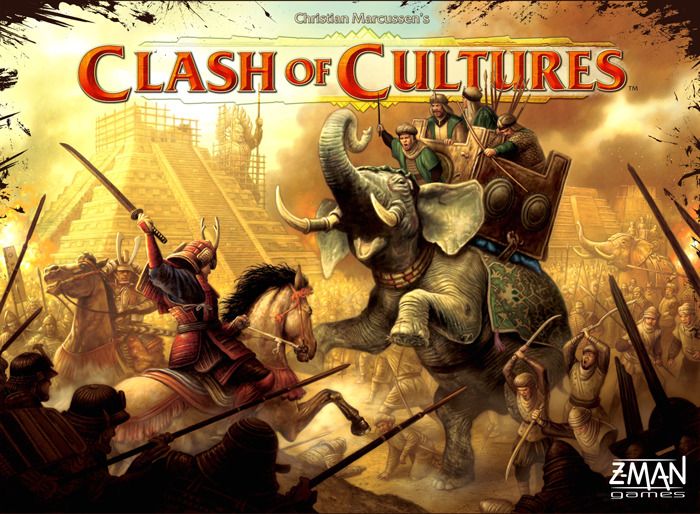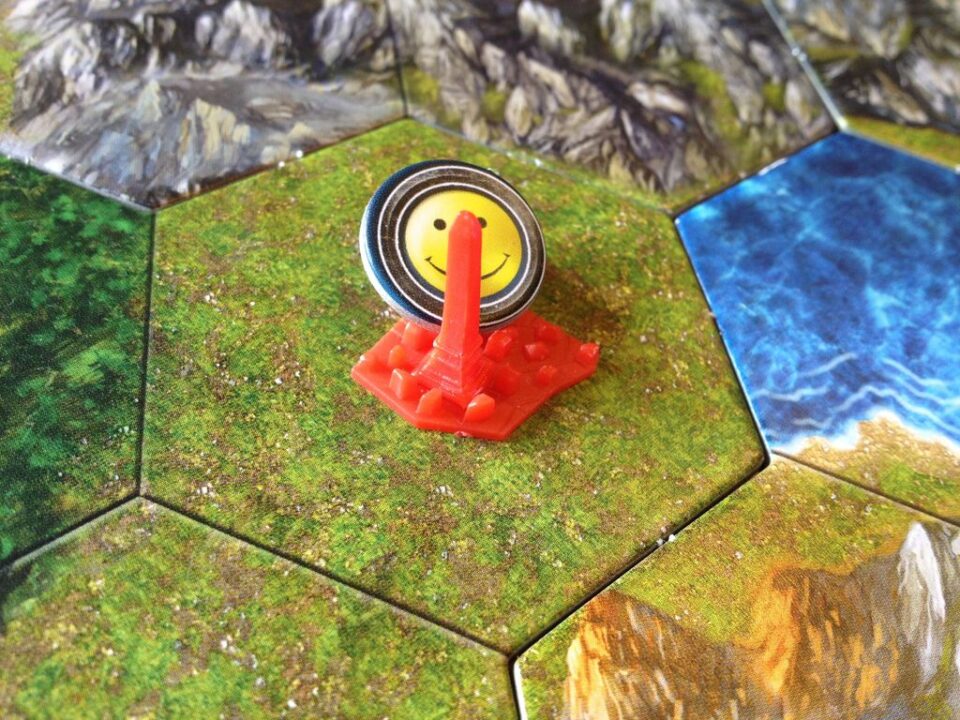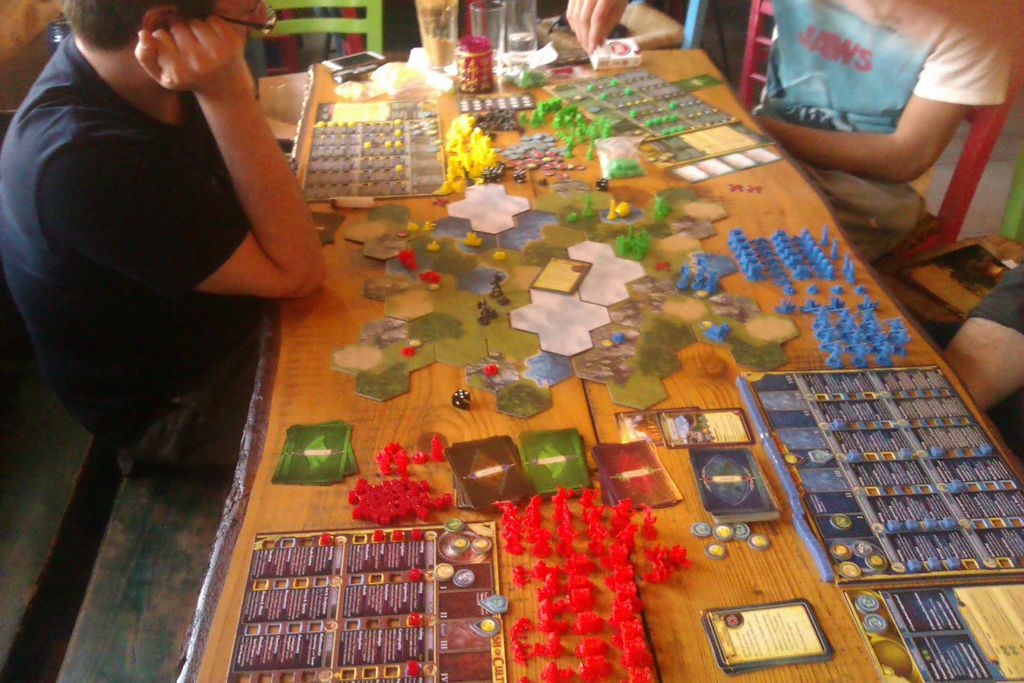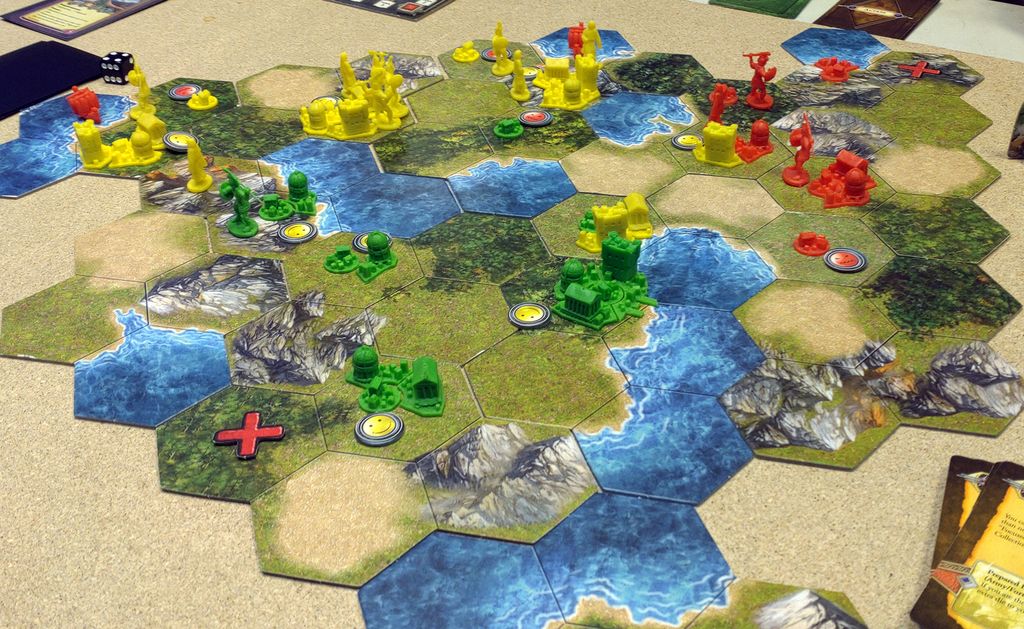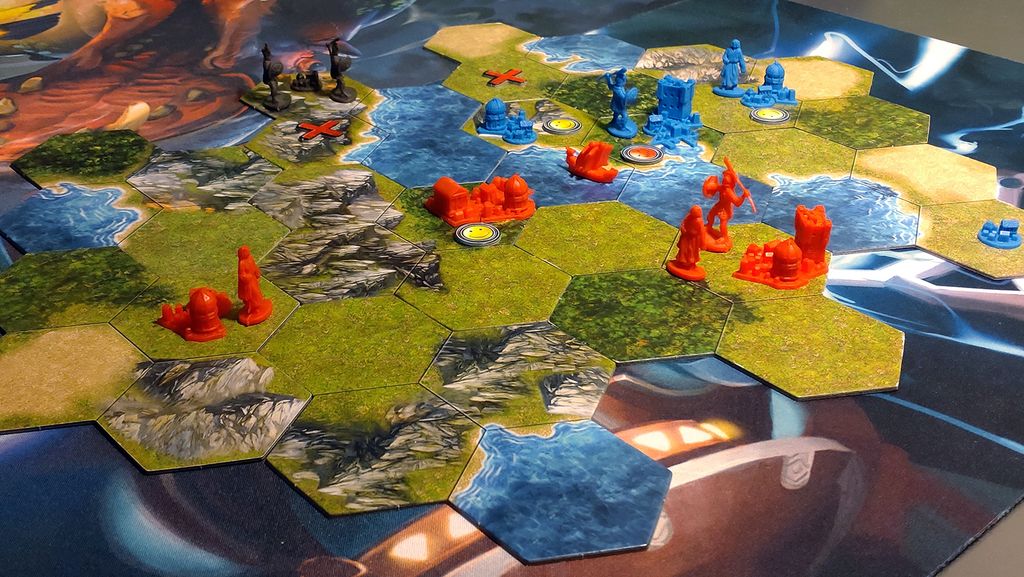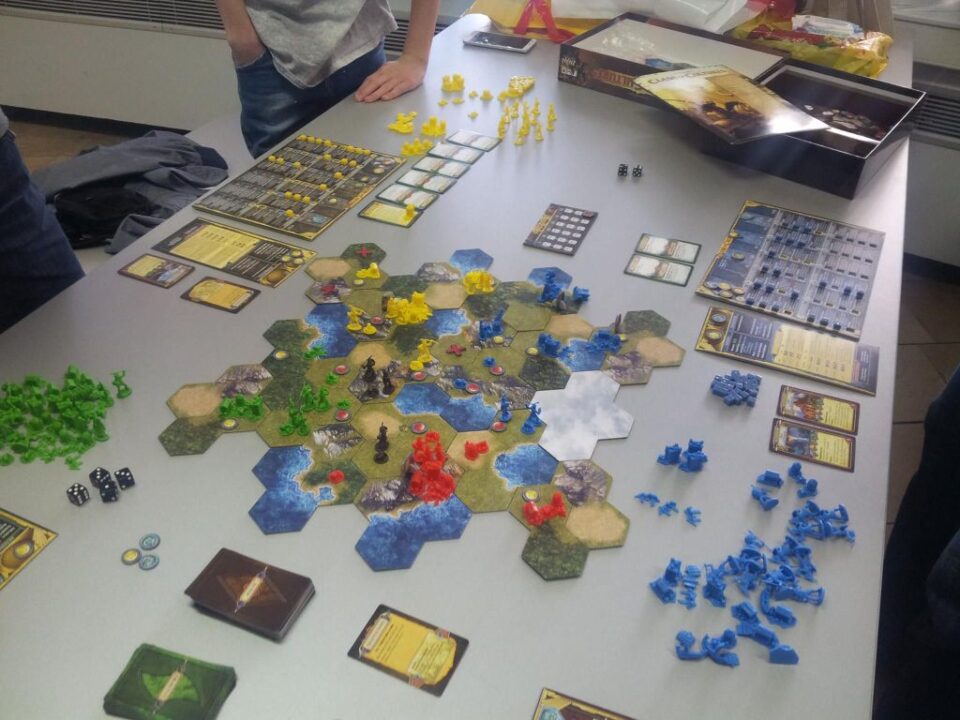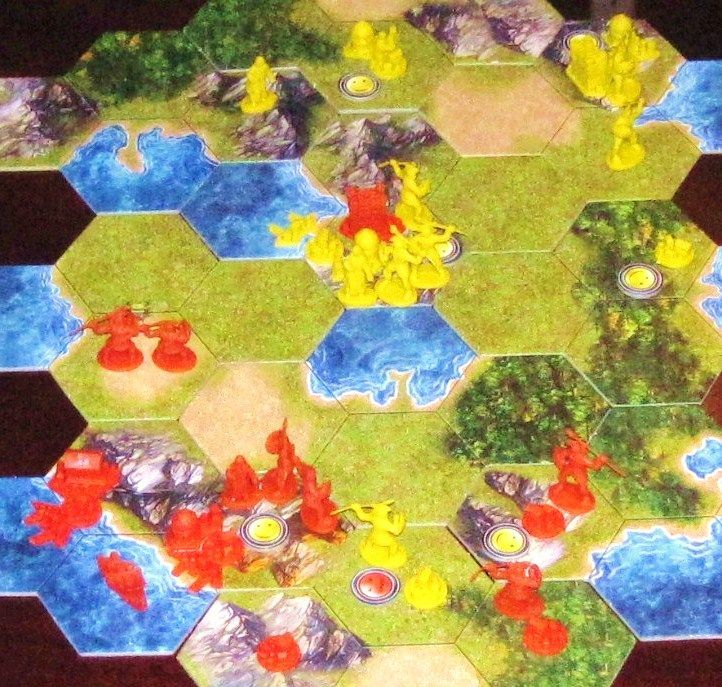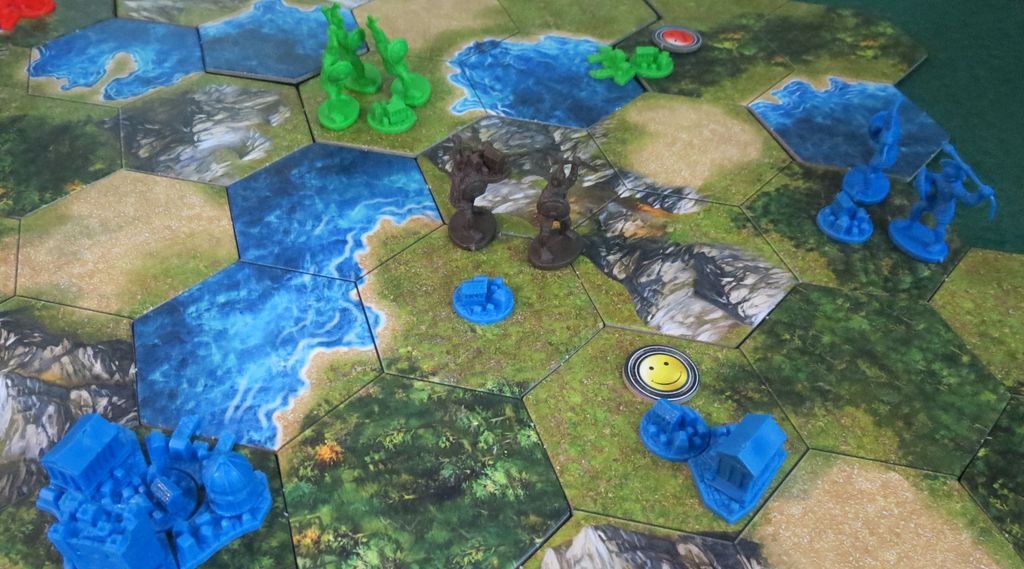Overview
Welcome to the extraordinary world of Clash of Cultures, a name that stands tall in the realm of civilization-themed board games. This review will be your compass through the dense jungles of its compelling strategies and your lens for examining the intricacy of its gameplay. Get ready to lead your civilization from a single settlement to a dominant global empire through clever diplomacy, savvy tech advancements, and shrewd development logistics. Prepare to have your leadership mettle tested on every level imaginable. Are you ready to rewrite history to your favour in Clash of Cultures? Let’s delve in!
How It Plays
Clash of Cultures brings the complexities of civilization-building to your gaming table, replete with strategic planning and cultural expansion. Here we’ll dip into the flow of the game, guiding you through setup, the iterations of gameplay, and the run to victory.
Setting Up
To begin, each player selects a color and arranges their starting settlement, three cities, on the grid-based board representing unexplored lands. Players populate their surrounding areas with farmers, units, and a couple of settlers poised for pioneering.
Gameplay
During a turn, players maneuver through phases that include issuing commands to units, harvesting resources, advancing their cities, and engaging in the nuanced dance of diplomacy or war. Choice is king here; upgrading your cities, expanding territory, and influencing the game’s culture are all in a day’s work.
Winning the Game
Victory points are the game’s currency of success, and these can be harvested through various means like wonders, cultural advancements, and territorial control. As the game culminates, the player who best leverages their civilization’s advances commands the board and claims the mantle of victor.
Want to know more? Read our extensive strategy guide for Clash of Cultures.
Mastering Your Empire in Clash of Cultures
The Civilization development mechanic in ‘Clash of Cultures’ is indeed the crux of the experience. I remember vividly during one of our marathon gaming nights how vested each player became in nurturing their burgeoning society. Cultivating a Unique Civilization From the sprawling map sketched across the game board, the intricate decision-making tied to the cultural advancements defines strategic depth.
My friends and I were engrossed in choosing different paths—be it military advancements, philosophical ideologies, or architectural wonders. Strategic Advancements and Setbacks Transitioning between eras felt grandiose—akin to genuinely scripting the annals of history. It’s fascinating how frequently a delayed tech can nip your civilization’s potential, leading not just to a change in playstyle but oftentimes colorful Tabletop
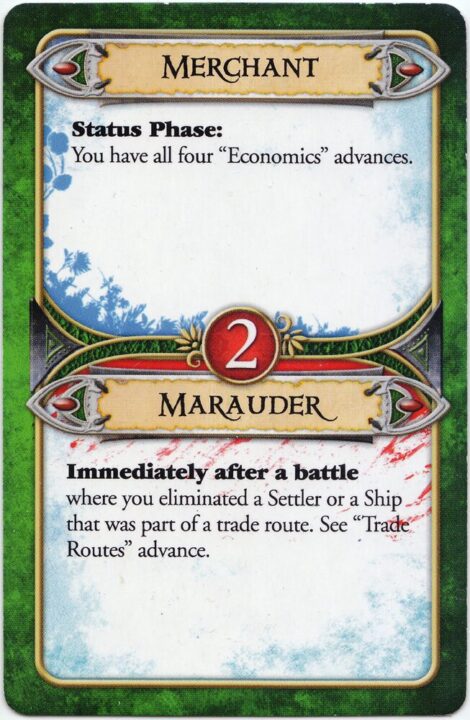
The Art of Negotiation and Alliance
In Clash of Cultures, the intricacies of player interaction and diplomacy are just as critical as managing your civilization’s growth. The Delicate Dance of Diplomacy Any seasoned player knows that making and breaking alliances is par for the course in most strategy games, but my personal conquests within this landscape have often pivoted on a particularly sharp diplomatic turn. I recall one session where temporary friendships were the lynchpin to success, transforming the game’s tide with whispered promises and timely betrayals.
Bridge Building or Burning Often, the option to negotiate peace or declare war impacts strategic decisions across the board. Many times, alliances have safeguarded my civilizations against aggressive neighbors, fostering a sense of camaraderie among players that could quickly devolve into suspicion and rivalry. Clash of Cultures excels in capturing this tenuous nature of player relations, which is as engrossing as it is volatile.
In the spirit of innovation and advancement, let’s pivot to the exciting terrain of Technology research and progression, which often spells the difference between rising to power or being lost to antiquity.
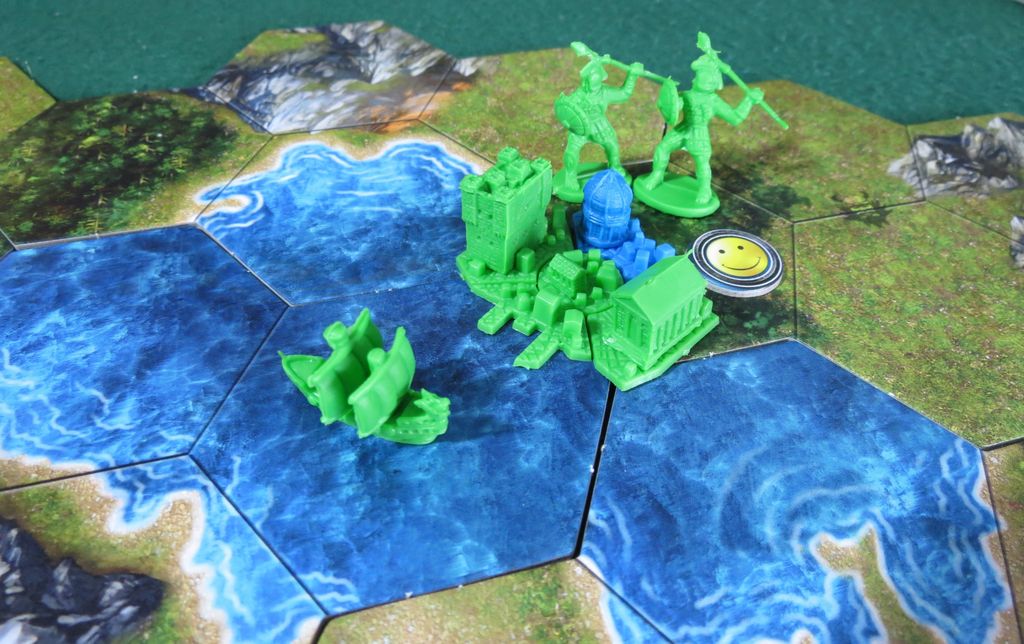
The Innovation Empire: Technology in Clash of Cultures
The tech tree in Clash of Cultures is not just a mechanic—it’s a tableau of your civilization’s identity. I recall one play session where, amidst good-natured taunts, my friends and I diverged wildly across the branches. Savvy Research Choices set the stage for overcoming the geography of the board, while some players became maritime powerhouses, others delved into agriculture. Adaptation was key, and tech progression dominated the landscape of our strategies. Yet it was common for someone to make a significant leap, shifting the competitive balance, gesturing to the notion that, Ideological Dynamism isn’t just fancy talk; my culture’s penchant for militarism sparked feigned horror that I might become a warmonger—cheeky historical jests aplenty!
The aggression from one corner of the board prompted alliances elsewhere, always shaped by our tech paths, mirroring human histories of innovation-driven partnerships. And so, in Clash of Cultures, societal advancement isn’t just about gaining potent abilities; it’s the catalyst for ever-evolving player narratives. For those who delight in layering their board game tales with context: yes, I wholeheartedly recommend losing yourself in this mechanic’s depth.

Conclusion
Concluding this Clash of Cultures review, it’s evident that the special marriage of mechanics, player interaction, and tech progression creates a vivid tableau for strategy aficionados. Each aspect, from raising civilizations to the art of diplomacy, contributes significantly to an intricate dance of burgeoning empires vying for dominance. Tech advancement is the cherry on top, providing a meaningful sense of progression and a wealth of strategic avenues. Joining these elements is no small feat, but Clash of Cultures does so with a flair that’s as challenging as it is rewarding. It’s a commendable endeavor in the tableau of board games that confidently earns my recommendation for those looking to immerse themselves in a board game with depth and replayability.

